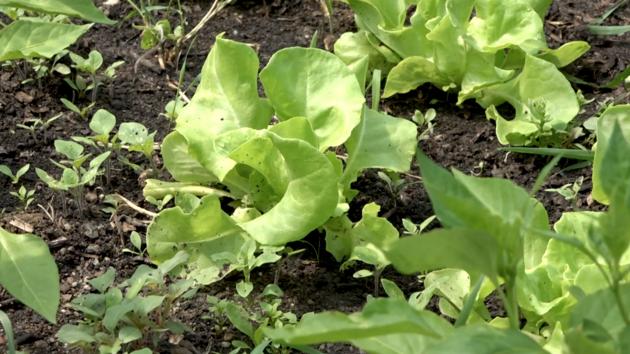
VIDEO: Worm droppings make excellent fertilizer. It completely replaces chickens
"Initially we bought fourteen hens for our own use, but during the year there were two hundred of them, so we had an overproduction that we started selling," describes Rudolf Tyburec on the Hnojík website about the beginnings of an unusual business.
"Such a number of hungry necks already required professional care, so we built a farm for mealworms. They are the favorite feed of our hens," the breeder describes the gradual development.
| 12 photos< /td> |
Everything needs to be used on the farm. There is no need to use lofty terms like circular economy here, it has been working here since ancient times. And so Rudolf decided that it wouldn't be a bad idea to also use mealworm dung and had its nutritional value measured by the Czech University of Agriculture and at the same time issued a certificate for use under the name Czech organic fertilizer.
Now all that was left was to work out a procedure to "extract" this by-product of mealworms.
It has universal use
“Similar fertilizers are commonly sold around the world. I was mainly interested in why they are so expensive - we have them for half. In the end, we found out that maybe it's because we don't follow any big business plan, but gradually use it primarily for our own garden and spread it among friends and collect their references and experiences," he says.

Worm droppings have the great advantage of being versatile. You can use it for flowers in a flowerpot, in flower beds in the garden, to fertilize the lawn, it has a favorable content of NPK values, it can stand comparison with that famous chicken coop. It is perhaps not only suitable for cacti and succulents, which are fertilized differently.
It is possible to mix it with soil, "sprinkle" it on the soil, dissolve it into "tea" for watering. It doesn't smell, it's light, it won't burn the plants with a higher dosage. It is only recommended to apply fertilizer to the roots, not to sprinkle the leaves of plants that will later be consumed.
"Of course, we made mistakes at the beginning when rehearsing. For example, we discovered that we poured too much fertilizer into the flower pot at home, which started to rot during watering. So it turned out that really only a pinch is enough for one plant," he admits.
The stripped skin can also be used
The mealworm is actually the developmental stage of the dark beetle: egg, larva, pupa, adult. The beetle rears larvae throughout the cycle, so when the beetle hatches from the chrysalis, it lays eggs and the next cycle can begin.
This expands the breeding and the hens feast on the excess worms. You can see the technical process in the video.
Larvae must be fed with small food for aquarium fish or crushed dog pellets, as well as dried milk and baked goods. It is advisable to supplement the diet of beetles and larvae with pieces of fruit or vegetables.
Crates with worms are gradually sieved and only particles of dry dung together with the exoskeletons of mealworms pass through the finest sieves. This adds chitin to the fertilizer, which is considered a natural pesticide.
Destroys root-feeding nematodes and their eggs, as well as fungal pathogens in the root zone. Once plants detect chitin in the soil, they react as if they were "eating insects".
This causes the plant to protect itself by producing more stem and leaf material and secreting secondary metabolites to ward off pests and pathogens. Chitin thus creates an autoimmune reaction that acts like a vaccine on plants. It signals the plant to produce natural toxins to repel enemies such as pests and fungal pathogens.







